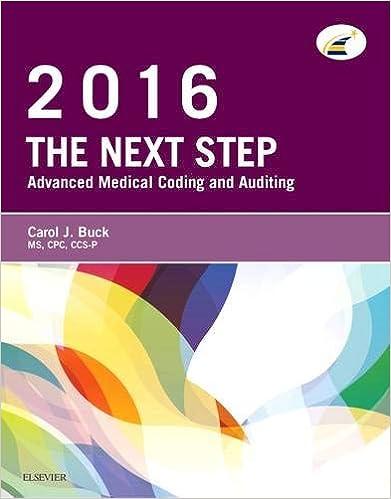Question
Keezel Company uses normal costing in its job-costing system. Partially completed T-accounts and additional information for Keezel for 2020 are as follows: Requirement 1. What
Keezel Company uses normal costing in its job-costing system. Partially completed T-accounts and additional information for Keezel for 2020 are as follows:
Requirement 1. What was the amount of direct materials issued to production during
2020?
| Direct materials issued to production during 2020 was | . |
Part 2
Requirement 2. What was the amount of manufacturing overhead allocated to jobs during
2020?
First identify the formula to calculate the manufacturing overhead allocated.
| = | Manufacturing overhead allocated |
Part 3
| Manufacturing overhead allocated to jobs during 2020 was | . |
Part 4
Requirement 3. What was the total cost of jobs completed during
2020?
| The total cost of jobs completed during 2020 was | . |
Part 5
Requirement 4. What was the balance of work-in-process inventory on December 31,
2020?
Post the entries during the year in the Work-in-process control account to determine the ending balance on December 31,
2020.
Be sure to select reference labels for each of the entries.
| Work-in-Process Control | |||
Part 6
Requirement 5. What was the cost of goods sold before proration of under- or overallocated overhead?
| The cost of goods sold before proration of under- or overallocated overhead was | . |
Part 7
Requirement 6. What was the under- or overallocated manufacturing overhead in
2020?
| The under- or overallocated manufacturing overhead in 2020 was | . |
Part 8
Requirement 7a. Dispose of the under- or overallocated manufacturing overhead using the write-off to Cost of Goods Sold.
| The Cost of goods sold account balance after the write-off is | . |
Part 9
Requirement 7b. Adjust for the under- or overallocated manufacturing overhead using proration based on ending balances (before proration) in Work-in-Process Control, Finished Goods Control, and Cost of Goods Sold.
Enter the account balances before proration, then the adjustment amounts and finally, calculate the account balances after proration.
| Account Balance | ||
| Account | (Before Proration) | |
| Work-in-Process | ||
| Finished Goods | ||
| Cost of Goods Sold | ||
| Total |
| Proration of | |
| Over- or Underallocated | |
| Manufacturing Overhead | |
| + | |
| + | |
| + | |
| Account Balance | |
| (After Proration) | |
| = | |
| = | |
| = | |
Part 10
Requirement 8. Using each of the approaches in requirement 7, calculate
Keezel's
operating income for
2020.
First calculate operating income or loss using the write-off to cost of goods sold approach and then using the proration approach. (Use parentheses or a minus sign for an operating loss.)
| Write-off to | |
| Cost of Goods Sold | |
| Revenues | |
| Cost of Goods Sold | |
| Gross Margin | |
| Marketing and distribution costs | |
| Operating income/(loss) |
| Proration based |
| on ending balances |
Part 11
Requirement 9. Which approach in requirement 7 do you recommend
Keezel
use? Explain your answer briefly.
The recommended approach is the
proration approach
write-off to cost of goods sold approach
.
This is preferred because of its
accuracy and the effect it has on operating income
simplicity and the effect it has on operating income
.
Step by Step Solution
There are 3 Steps involved in it
Step: 1

Get Instant Access to Expert-Tailored Solutions
See step-by-step solutions with expert insights and AI powered tools for academic success
Step: 2

Step: 3

Ace Your Homework with AI
Get the answers you need in no time with our AI-driven, step-by-step assistance
Get Started


